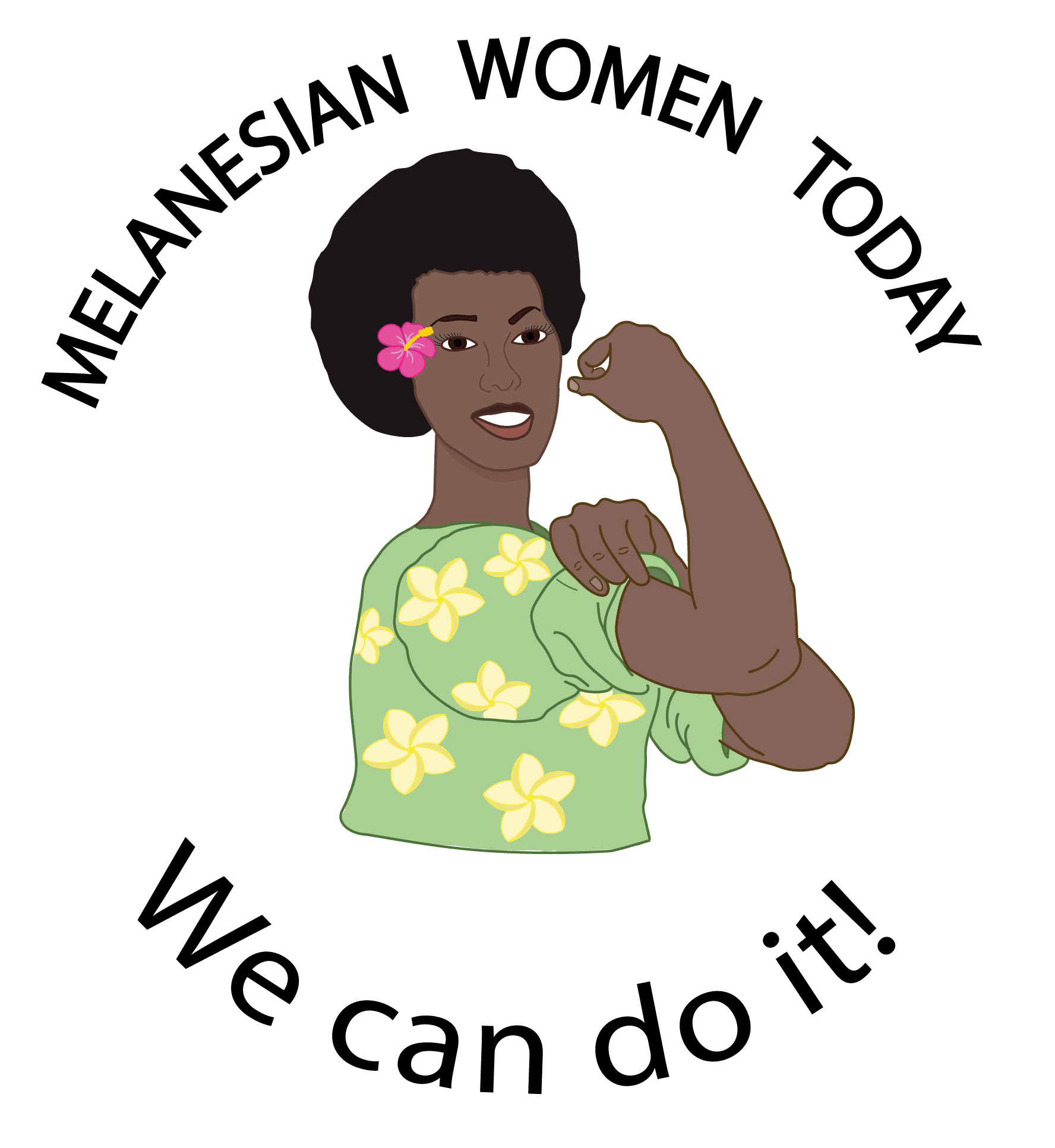Stories from PacFest: The 13th festival of Pacific Arts and Culture in Hawaii by Chun Chia Tai
I am very grateful for the opportunity to attend the Festival of Pacific Arts and Culture and share my experiences with Melanesian Women Today. I stayed in Honolulu from June 3rd to June 12th for the conference and festival. Originally from Taiwan and currently conducting fieldwork in Southern California on the island reggae scene with Pacific Islander communities, I focused primarily on music events and Taiwanese Indigenous events.
The festival profoundly inspired me with the powerful space Native Hawaiians have created through their persistent resistance to sovereignty issues in Hawaii. It offered a platform for all attendees to voice their thoughts. My biggest takeaway was that while identity is non-negotiable and unchangeable, its expression is dynamic and flexible.
Here are some highlights from my experiences:
June 5th, University of Hawaii, Manoa
The ancestral music and dance performances by the Amis people from the 'Atolan tribe were particularly moving.
June 8th, Chinatown
I attended a Taiwanese Indigenous art exhibition organized by the National Museum of Prehistory, Taiwan’s national Indigenous museum. The exhibition featured photos from the Paiwan people’s qata tin necklace workshop. This innovative combination blends two Paiwan traditions: Qata beads and high-temperature craftsmanship. Qata beads capture the stories, ethics, and rules of living with the land, while the Paiwan people are known for their high-temperature techniques using glass, clay, and bronze.
June 8th, Chinatown
I viewed Tao artist Flying-Fish's paintings, which express his deep love for his culture and ancestry. His work also serves as resistance against Han colonization and the radioactive waste dumped on Tao land, Pongso No Tao (Orchid Island).
June 8th, Honolulu Night Market in Kaka‘ako
The night market featured delegations performing traditional and popular music. The photos capture two Palauan singers performing popular music, with many attendees dancing the cha-cha.
Carving Village, Bishop Museum
Carvers from sixteen delegations gathered to share their carving techniques.
June 11th, Ho‘okupu: A Hip Hop Anthology of Hawaiian History at Capital Modern
The Hoʻokupu Hip Hop Project, comprising Hawaiian cultural historians, educators, and artists, uses hip hop to teach Hawaiian history. They have published educational albums and textbooks.
June 10th, MAMo Wearable Art Show, Hilton Hawaiian Village - Tapa Ballroom
The fashion show showcased Native Hawaiian artists and designers exhibiting wearable art creations on the runway. The designs combined inspiration from nature and culture with contemporary techniques, celebrating Native Hawaiian arts in a modern form.
June 11th, Publication Gallery at the Festival Venue
The gallery showcased the history of Pacific Islander author publications using a non-linear curve to present the concept of cyclic time in Pacific culture. I particularly appreciated the handwritten contributions from attendees, which enriched the collective memories of pioneering intellectuals focusing on Pacific Islander experiences and stories.
June 11th, Māhū Madness, Hilton Hawaiian Village - Tapa Ballroom
The drag queen performance highlighted talented individuals from Hawaiʻi’s māhū (LGBTQ+) community. Unlike typical Western performances, some queens chose to perform Hawaiian songs, demonstrating that identity is something you carry and express through who you are.












